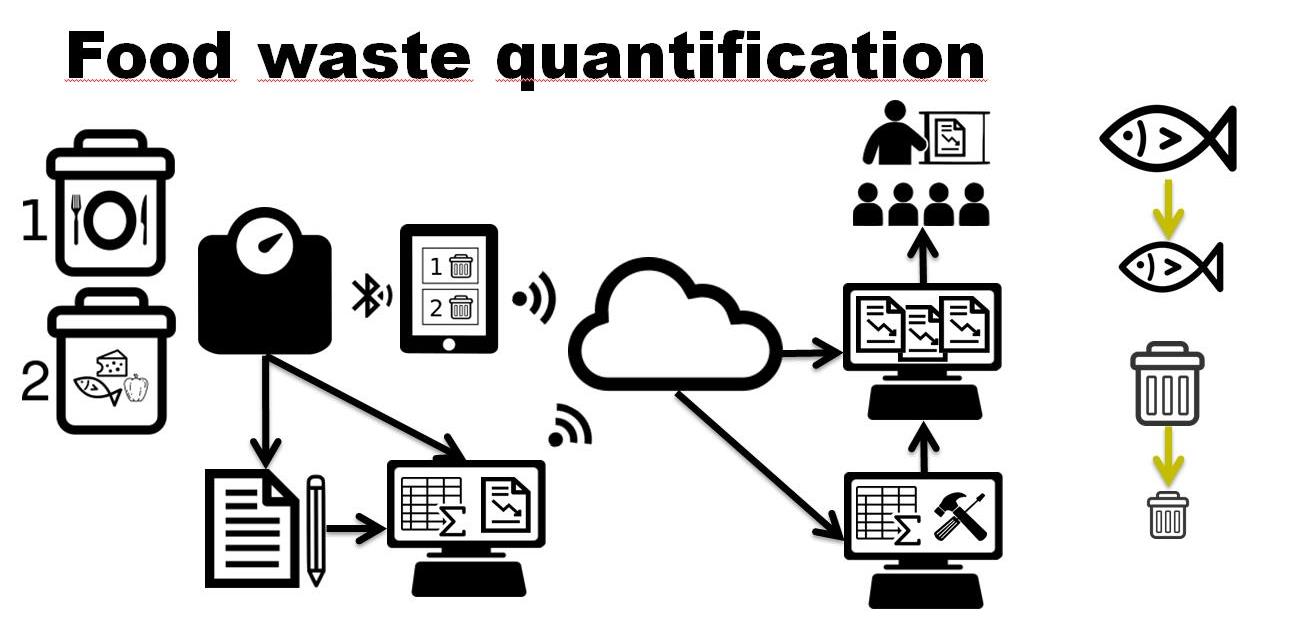As part of the "Conference on Food Waste Prevention and Management" organized by
STREFOWA (Strategies to Reduce Food Waste in Central Europe) Mattias Eriksson from the SLU presented current results of their research on food waste. The conference took place on the 25 and 26th of April. More than 80 experts as well as interested persons from more than 12 countries gathered in Vienna to exchange current scientific findings.
The presented study aimed to evaluate if the quantification of food waste is a successful measurement to reduce food waste in the hospitality sector in Sweden. Portion data and waste data from schools, preschools, hotels and canteens were included – a total amount of 898 units. Among other things different quantification tools were compared. This included a food waste tracker, a web application or a spreadsheet. Conclusions were that the quantification of food waste data is not a guarantee for reduction. Besides this there was also no indication that a certain quantification parameter results in an increased food waste reduction. The largest potential for reduction of food waste occurred in units with high initial waste.
Schematic diagram of waste measurements: The process starts with separate bins/vessels (here are only two displayed) for different waste categories that are placed on a scale one at a time. The scale sends information on the mass to a tablet computer once kitchen staff pushes the button representing the category in question. The computer uploads mass and category data to the cloud, from where they can be extracted to the same spreadsheet that would otherwise have been filled in manually.
Source (graphic): Eriksson, Mattias; Persson Osowski, Christine; Malefors, Christopher; Björkman, Jesper; Eriksson, Emelie (2017): Quantification of food waste in public catering services - A case study from a Swedish municipality. Waste Management 61, S. 415-422.




